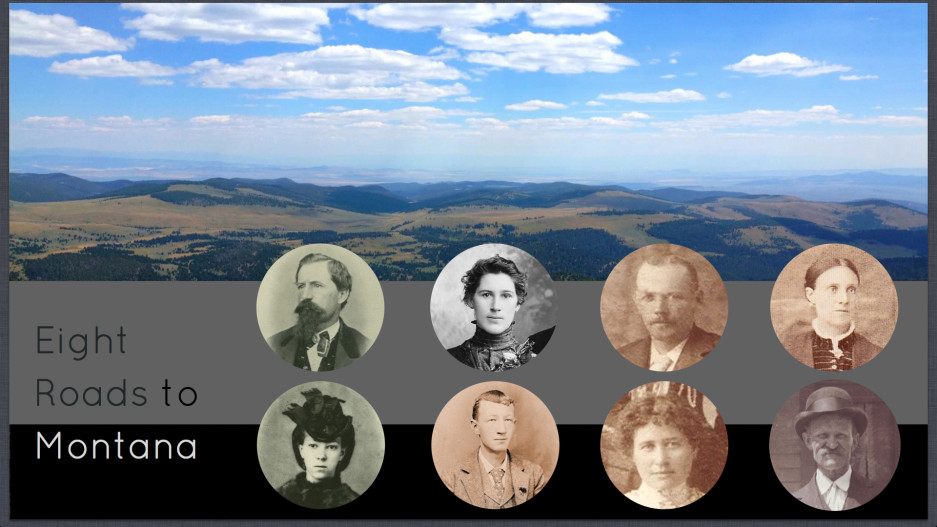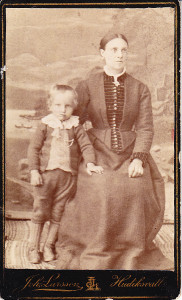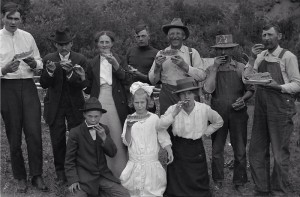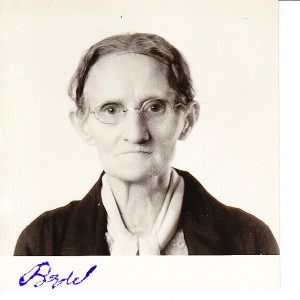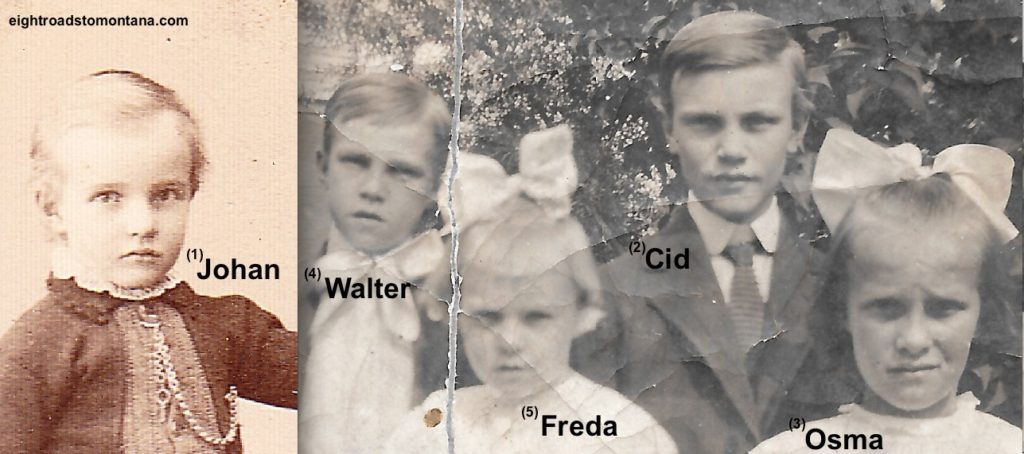This is Part 3 of “Who is the woman in this photo?” Click here to read Part 1 and here to read Part 2.
Once again, here are the three photos I sent to Maureen for review prior to our phone consultation.
Maureen’s Analysis
First, I’d like to say how much I enjoyed my chat with Maureen. She was very friendly and generous with her tips and observations. I would recommend her to anyone who might need a professional to take a look at their family photos.
- Maureen estimated that Photo #1 was probably taken around 1890. And she made a comment that she thought the boy in the photo looked ill, which is interesting considering Johan died when he was only 4 years old – and Maureen knew nothing about that fact prior to the phone call.
- Having already established that Brita is probably the woman in Photos #2 and #3, Maureen agreed that the woman in Photo #1 is probably Brita Dalin. Her assessment was based primarily on the woman’s large eyes, which she said were quite visible in both Photo #1 and Photo #3, and only slightly less obvious in Photo #2 due to the glare from the glasses she is wearing.
- On an interesting side note, Maureen asked if I knew how Johan had died. I told her that I had only recently located a birth record for Johan but not a death record. The morning after we talked, I made another search for his death record and located it at Ancestry.com. He was four years old when he died in April of 1892 and the cause of death was listed as “lung inflammation”.1 In addition, Maureen commented that Brita looked very sad in all three photos. And I agreed.

- Maureen also thought Photo #3 looked like either a passport photo or perhaps a photo taken to finalize her citizenship. I have not yet located any record to show that she traveled to a location requiring a passport nor have I located any citizenship documents, although her husband Andrew filed a “Declaration of Intention” to become a citizen in 1918.
Oh, and then a funny thing happened. You know, one of those “How in the world did I not see this before??” kind of thing.
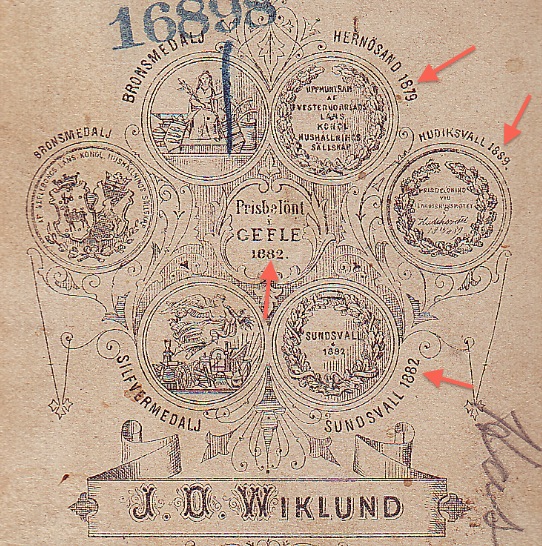 As I was reviewing the back of Photo #2 for this blog post, I noticed there were six medallion-type images that contained references to several locations and dates, as well as several words that resembled the phrases “Silver Medal” and “Bronze Medal”. After running a few of these phrases through Google Translate (Swedish to English), it appears the back of the photo contains images of six medals that were awarded to the photographer in various years, including 1879, 1882 and 18892 – which means, of course, that at least Photo #2 must be dated after 1889.
As I was reviewing the back of Photo #2 for this blog post, I noticed there were six medallion-type images that contained references to several locations and dates, as well as several words that resembled the phrases “Silver Medal” and “Bronze Medal”. After running a few of these phrases through Google Translate (Swedish to English), it appears the back of the photo contains images of six medals that were awarded to the photographer in various years, including 1879, 1882 and 18892 – which means, of course, that at least Photo #2 must be dated after 1889.
And then for fun, I cropped head shots of all of Brita’s children (from two different photos) so I could compare them side by side. The birth order of these children is as indicated in the photo.
Do you think the little boy on the left is the sibling of the four children on the right? I think the lips of the three boys, and possibly Freda, are similar. And Johan, Cid and Osma all seem to have high foreheads.
In conclusion, the discovery of the death record of Johan finally puts to rest the story my father told me so long ago – about his grandparents Andrew and Brita who immigrated to the United States, and how they had a son named “John” who was born in Sweden but died when he was a young boy.
And here I want to say a great big “Thank You!” to Maureen for her assistance in helping me fill in the pieces of this family story.
Next, I plan to search Swedish records for more information about Andrew and Brita and their birth parents.3
Copyright (c) 2016, Lark M. Dalin Robart
FOOTNOTES
- Gavleborg County, Halsingland, Sweden, Death Records, Hudiksvall, Johan Lars Anders Dahlin, 1 April 1892; image, “Sweden, Selected Indexed Death Records, 1840-1860 and 1878-1942,” Ancestry.com (https://ancestry.com : accessed 24 May 2016); citing Swedish Church Records Archive. Johanneshov, Sweden: Genline AB. ↩
- Although “1889” is a little difficult to read and could be “1869″. ↩
- In between drafting and finalizing this blog post, I did some research on the web site Arkivdigital.com, which proved very successful. I’ll be reporting on those findings in an upcoming blog post. ↩
